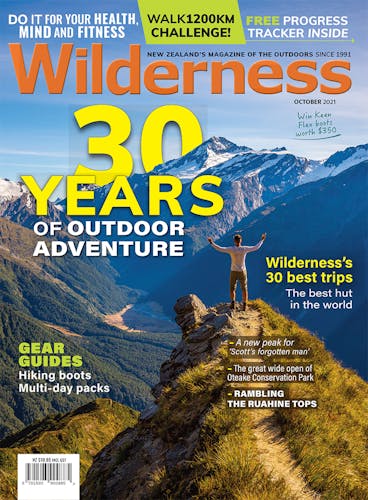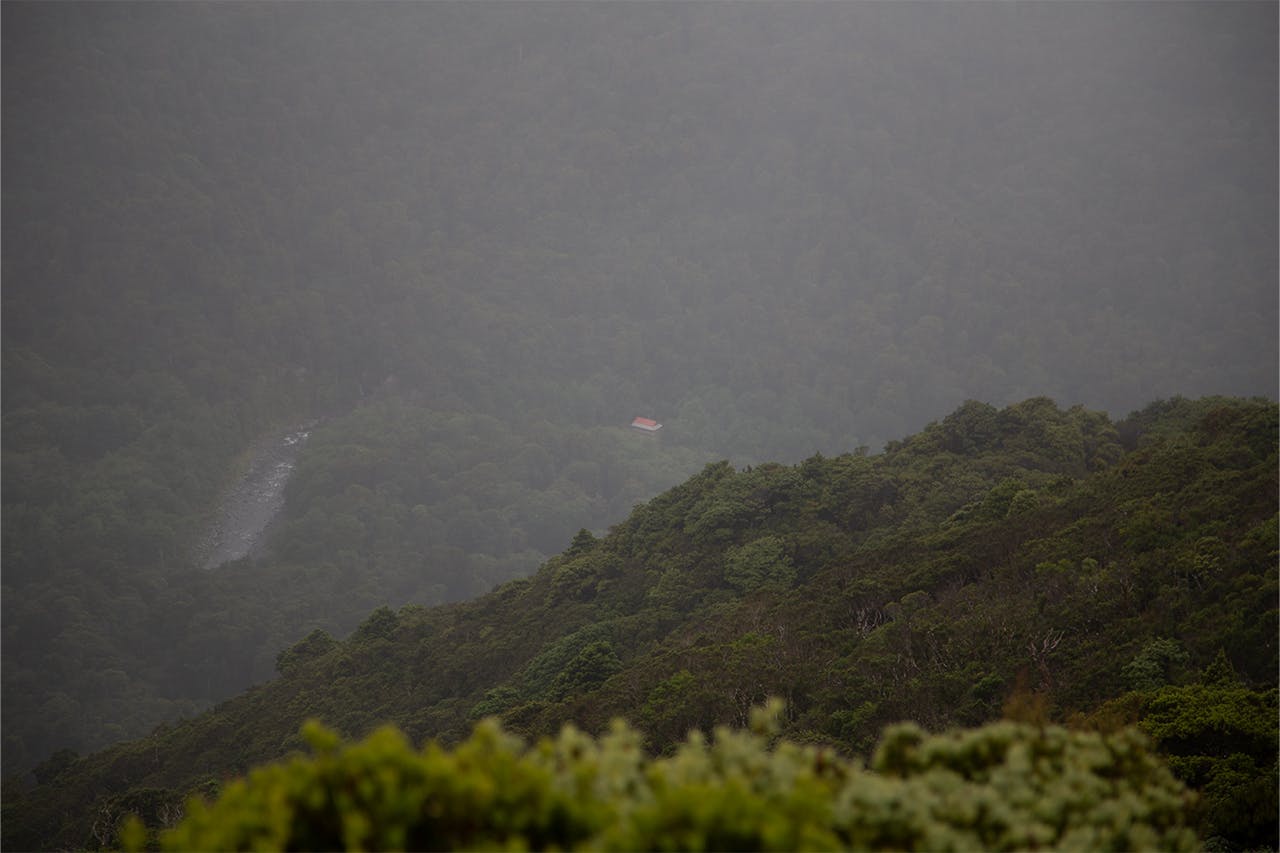The Mountain Safety Council (MSC) and DOC have released a report on how to reduce the number of deaths and injuries in the Tararua Range, the North Island’s deadliest tramping spot.
There were five fatalities in the ranges between 2007 and 2017, and 186 search and rescues between 2010 and 2017.
The five most common causes of tramping incidents in the range are outlined in the new report. It said people setting out on a tramp that took longer than expected contributed to 38 per cent of search and rescue (SAR) incidents and four fatalities. Poor navigation skills, with trampers taking a wrong turn, accounted for 23 per cent of SAR incidents and two fatalities. Four fatalities and 21 per cent of SAR incidents involved trampers being “overambitious” about their route choice. And 20 per cent of SAR incidents and four fatalities involved people spending an unexpected night out.
The overwhelming majority of trampers getting into trouble were Kiwis.
The report recommended initiatives to make journey times clearer, clearer signage on tracks, mobile-friendly offline GPS maps and providing trampers with an accurate picture of conditions.
To do this, it recommended eight proposals: a marketing campaign, improved track information and tools like an app, a better grading system for track difficulty, improved access to weather and conditions data, consistent track times and markings, better safety information in huts and an online tool for people to report track conditions.
In a press release, DOC and MSC said it had already implemented a number of the report’s recommendations, including developing the Plan My Walk app, which includes track information and weather forecasts. DOC has also been working with NIWA to provide targeted weather forecasts for four huts in the park and extreme condition hazard alerts.








